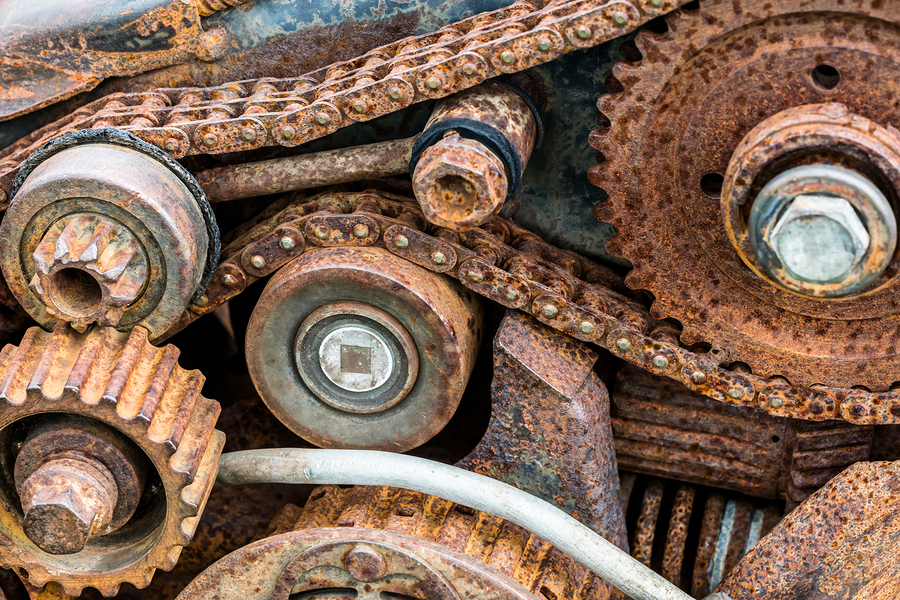Every manufacturer battles against equipment obsolescence. As technologies get better and we make breakthroughs, even the most integral equipment falls by the wayside for something more efficient, effective, and sustainable. The key in winning the war against obsolescence is to not just expect it but also plan for it.
Equipment obsolescence may be a challenge, but it’s far from a bad thing. It’s the reason we have cloud storage instead of floppy discs or super-safe SUVs instead of horse-drawn carriages. Equipment obsolescence is such a struggle because early on, risk and reward aren’t proportional.
Is it worth replacing your proven milling machine with a brand-new lathe that costs hundreds of thousands of dollars and needs all-new operator training before it can work? For most manufacturers, there’s too much at stake. And today, as the industrial internet of things (IIoT) continues to proliferate, obsolescence is forcing itself upon manufacturers in previously unaccounted for ways.
In the face of uncertainty in a new technology, planning for obsolescence gives manufacturers options.
What can you do in the face of change?
Planning for the next wave of technology isn’t about when to adopt it, it’s about how to adopt it with as little disruption as possible — financially or operationally speaking. There are a few options to consider depending on the state of the business:
- Outright replacing the equipment — whether via financed debt or with cash on hand — is the quickest way to make the upgrade. This option needs heavy consideration regarding training, changeover timelines, calibration and programming, and more.
- Careful maintenance of existing machinery can buy several more years, provided current equipment is still supported by the manufacturer. This also gives companies time to learn about their investment and absorb it appropriately.
- Performing a Last Time Buy (LTB) of crucial parts ensures that critical maintenance items are in stock for a determined period of time, even if the Original Equipment Manufacturer (OEM) stops producing them. This is just a stopgap measure.
- Aftermarket support can be an option over the long-term; however, it requires access to compatible aftermarket repair parts and qualified service techs. Many aftermarket support providers phase-out support in tandem with OEMs, except for niche providers who may charge higher rates for service to outmoded equipment.
The endgame in each of these scenarios is finding a way to upgrade as soon as possible, to avoid the many complications and costs of relying on antiquated equipment.

Start the predictive obsolescence cycle
The simplest way to get ahead of obsolescence and remain cognizant of its impending effect on your business is to create a predictive obsolescence cycle for each piece of equipment. Here’s what this looks like:
1. Assess your current support plan. What are you doing to maintain each piece of equipment, and what could disrupt that maintenance plan?
2. Plan with available resources. Identify equipment at-risk for obsolescence in the near-term. Focus on solutions here first.
3. Manage the bill of materials. Understand if long-term maintenance is still possible or if materials will become discontinued as equipment is unsupported.
4. Risk analysis for each material’s obsolescence. Are aftermarket or replacement parts available if manufacturers discontinue parts?
5. Component prioritization. Can you plan LTB orders or stock consumables for a definite amount of time?
6. Risk assessment update. Do you have a plan that addresses imminent threats of obsolescence for a piece of equipment?
7. Review. Review quarterly to ensure that your approach is still viable and to identify any emergency technologies posing a threat.
Nothing will ever stop technologies from becoming obsolete, but it’s possible to match the rate of advancement by simply paying attention and acting before it’s too late. Putting your factory in sync with new innovation rollouts keeps it from falling behind them.
